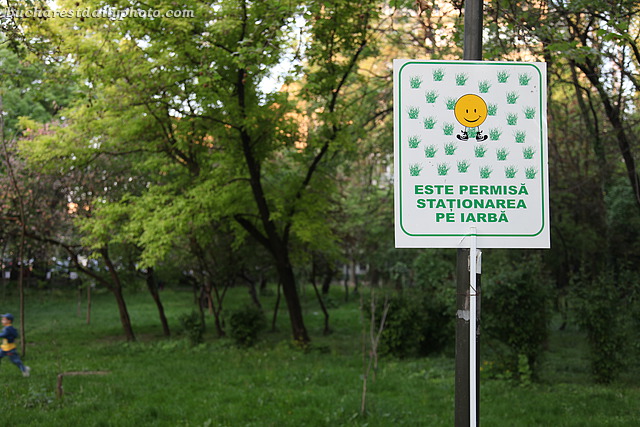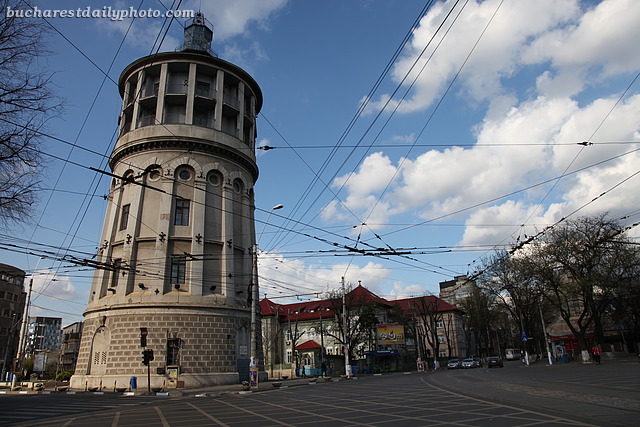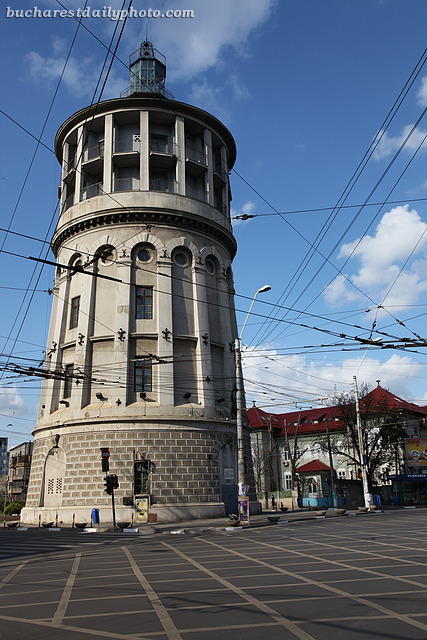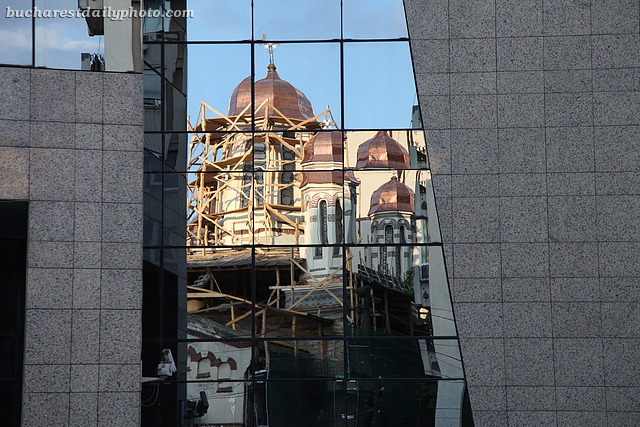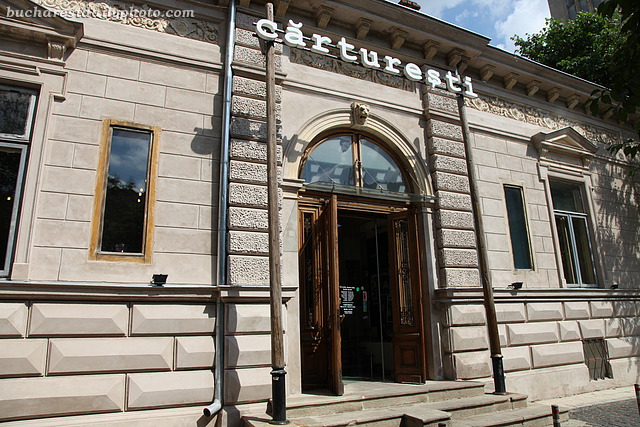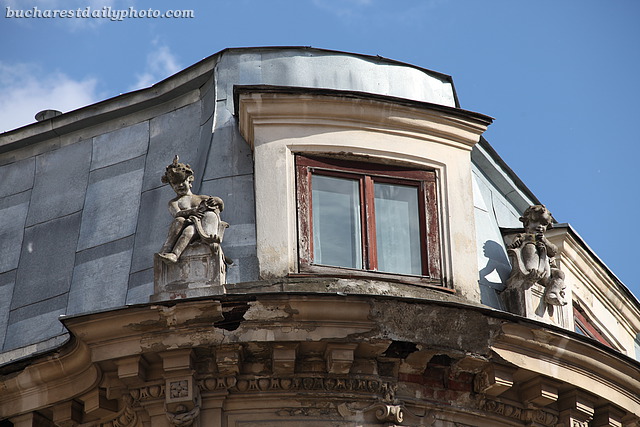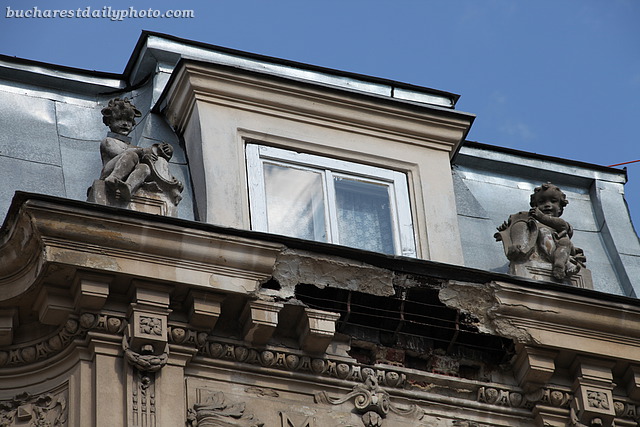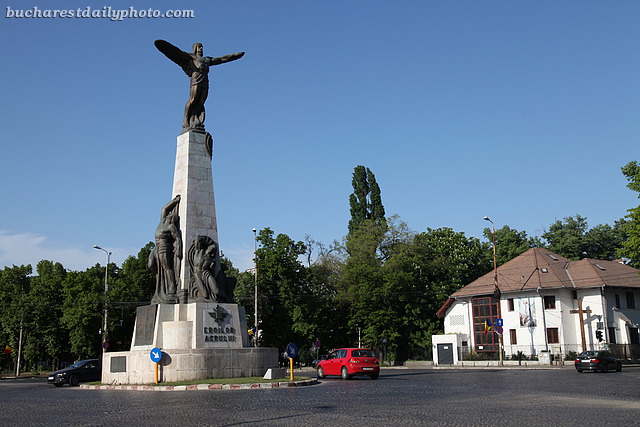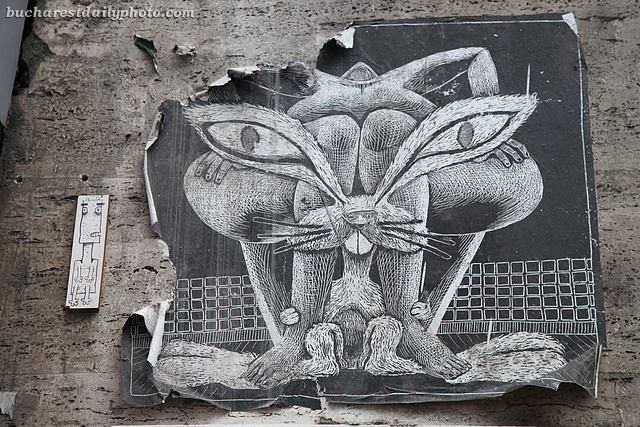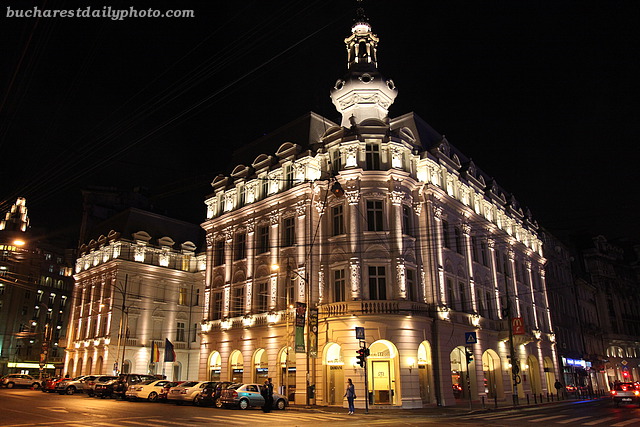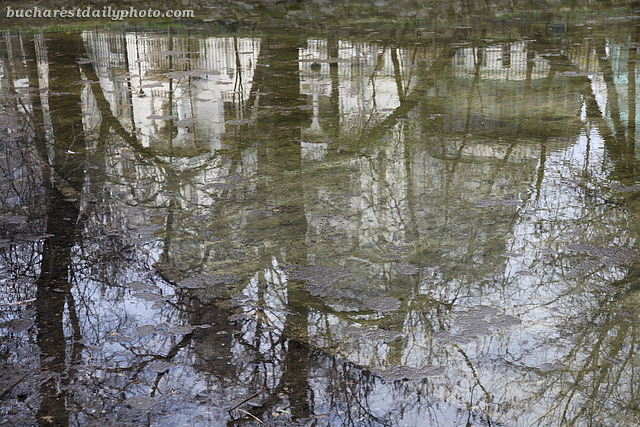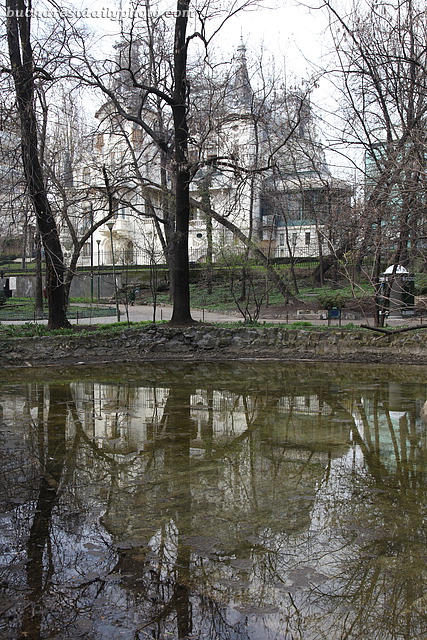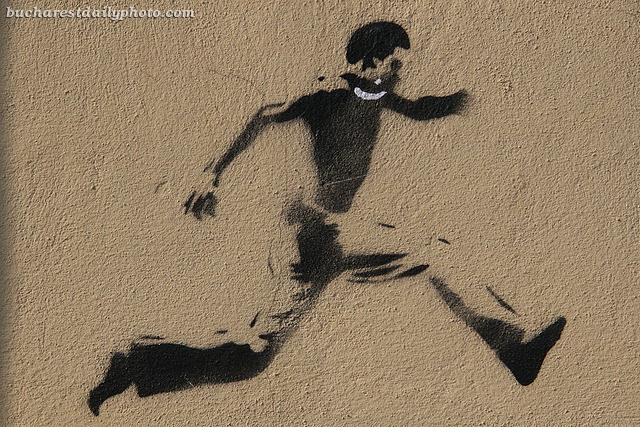One of the stupid ideas inherited from the communist regime was that never ever, in any circumstances, one is allowed to step on the grass in a public park. From my childhood I remember that any strip of green grass had a sign on it saying “Don’t step on the grass!”, sometimes with the smaller addition “Fine xxx (some ammount that my parents were not prepared to pay) lei”. After 1989, when Romanians were finally allowed to own a passport and I got to see the world outside my country I was puzzled to find out that most corners of the world don’t have this policing of the grass. First time I stepped on the grass in a park I felt a bit guilty and I asked myself why is it OK to do this in other countries and why is it not OK in Romania? But some things change with time and last summer I’ve read in the press that from now on the citizens of Bucharest will be allowed to step, sit, loiter, etc on the grass in public parks. To be honest I didn’t really believe it to be true. Yet, lo and behold, to my surprise, Cişmigiu Park is full of signs like the one in today’s photograph, reading “It is allowed to step on the grass” (it’s an approximate translation, since the verb used doesn’t translate directly into English). I guess I lived to see the day 🙂
The watchtower in today’s photo was used in the old times as an observation tower by the city’s firemen. Back then, the 42 meters (137,7 feet) tall tower was the highest structure in the city. It was built in 1890-1892 after plans by architect George Mandrea, to replace the old fire tower, Colţei Tower, demolished two years earlier in 1888. The tower was also supposed to serve as a water reservoir in case of fire, being equipped with a reservoir and a metal frame in the upper section. The problem was that after finishing the structure they realized that the water pumps of the local water utility company did not have enough power to fill the tower with water. This problem was solved in 1924 with the inauguration of a new water plant but by that time it was no longer necessary as the city’s water network had been developed. The fire brigade remained in the building until 1935, even though starting with 1910 the use of a tall building was made obsolete by the introduction of the telephone. The building served different purposes until 1963 when it became the Firefighters Museum.
Zlătari Church reflected in the glass building called Bucharest Financial Plazza, on Victory Road (Calea Victoriei).
This is my favorite bookstore in my home city of Bucharest. It started with a small shop which opened in 2000 and turned into a chain and a strong cultural brand with many locations in Bucharest and the rest of the country. My favorite location is the one shown in the photo, which is located on Arthur Verona Street, in a beautiful 19th century mansion with high ceilings and big rooms. In my opinion it has the best collection of books in Bucharest, DVDs and CDs and a very nice tea room. It also has a decent collection of English books so if you’re in Bucharest and don’t read Romanian you can still check it out. The house was expanded last year by joining it with an adjacent one and now the selection of books is even better, there’s a cafe in the basement and a garden cafe in the summer. Plenty of cultural events take place here including book launches, concerts, exhibitions and multimedia events.
I wonder if the people living behind those windows sleep better knowing to be guarded by such lovely stone figures.
The monument in today’s photo is dedicated to the Romanian airmen. Its official name is “The Monument of the Heroes of the Air” (Monumentul Eroilor Aerului in Romanian) but it is more commonly known by the people of Bucharest as “The Statue of the Aviators” (Statuia Aviatorilor in Romanian). It lies in the Aviators’ Square, on Aviators’ Boulevard (go figure 🙂 ) and it was built between the years 1930 to 1935 by sculptors Lidia Kotzebue and Iosif Fekete.
I’m pretty sure the little drawing on the left is authored by the Square Cat but I’m not sure who is the author of the big one.
Recently restored and looking better than ever. The hotel was built in 1886 by architects Emil Ritten Forster and I.I. Râşnovanu in German Renaissance style. It replaced another hotel, located on the same spot, Grand Hotel Broft which took its name from one of the former residents, Carol Broft.
Can you spot the palace in the above photo? If not, you’re allowed to peak below as well 🙂
Spotted in the Grădina Icoanei area.
